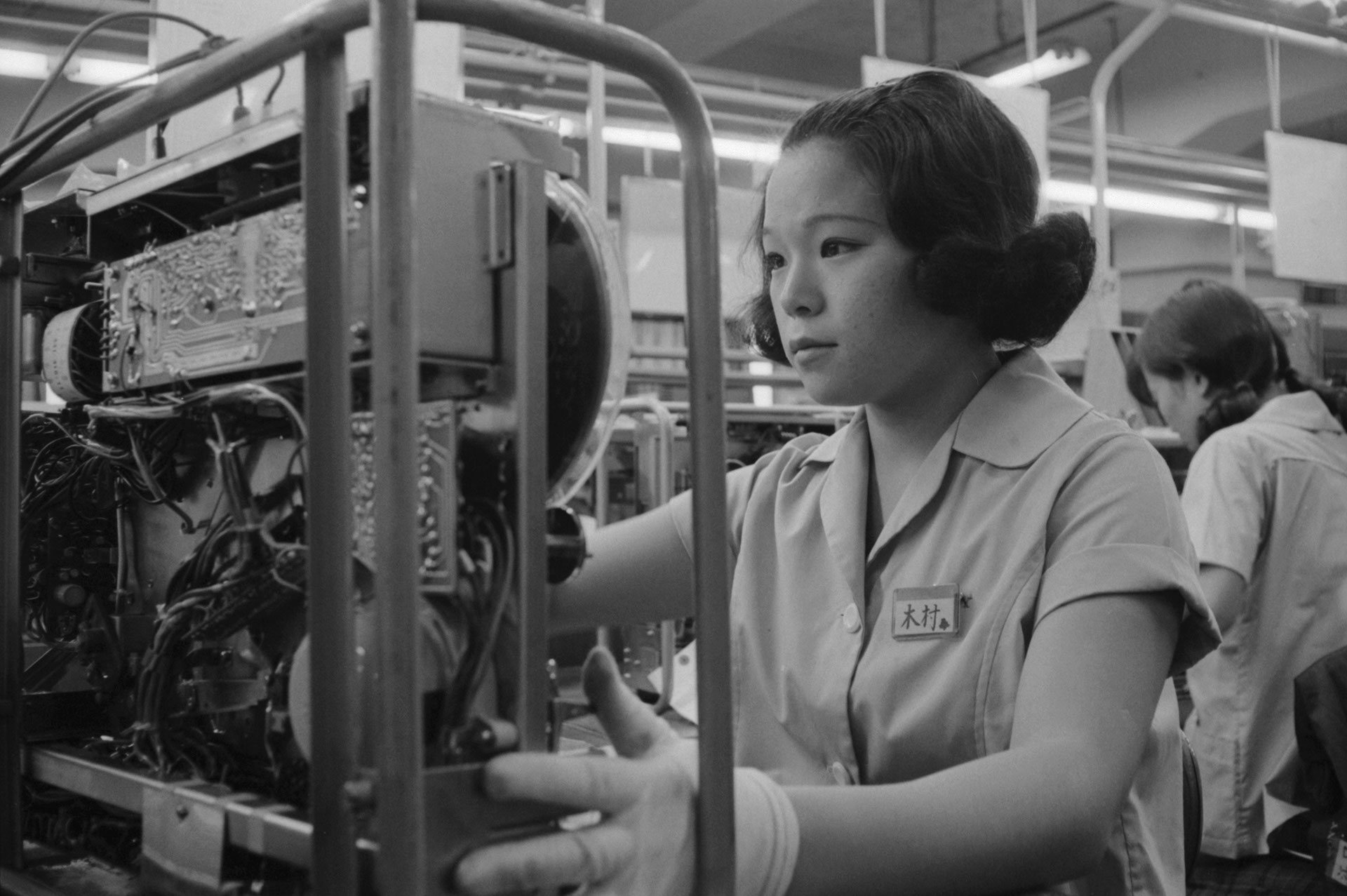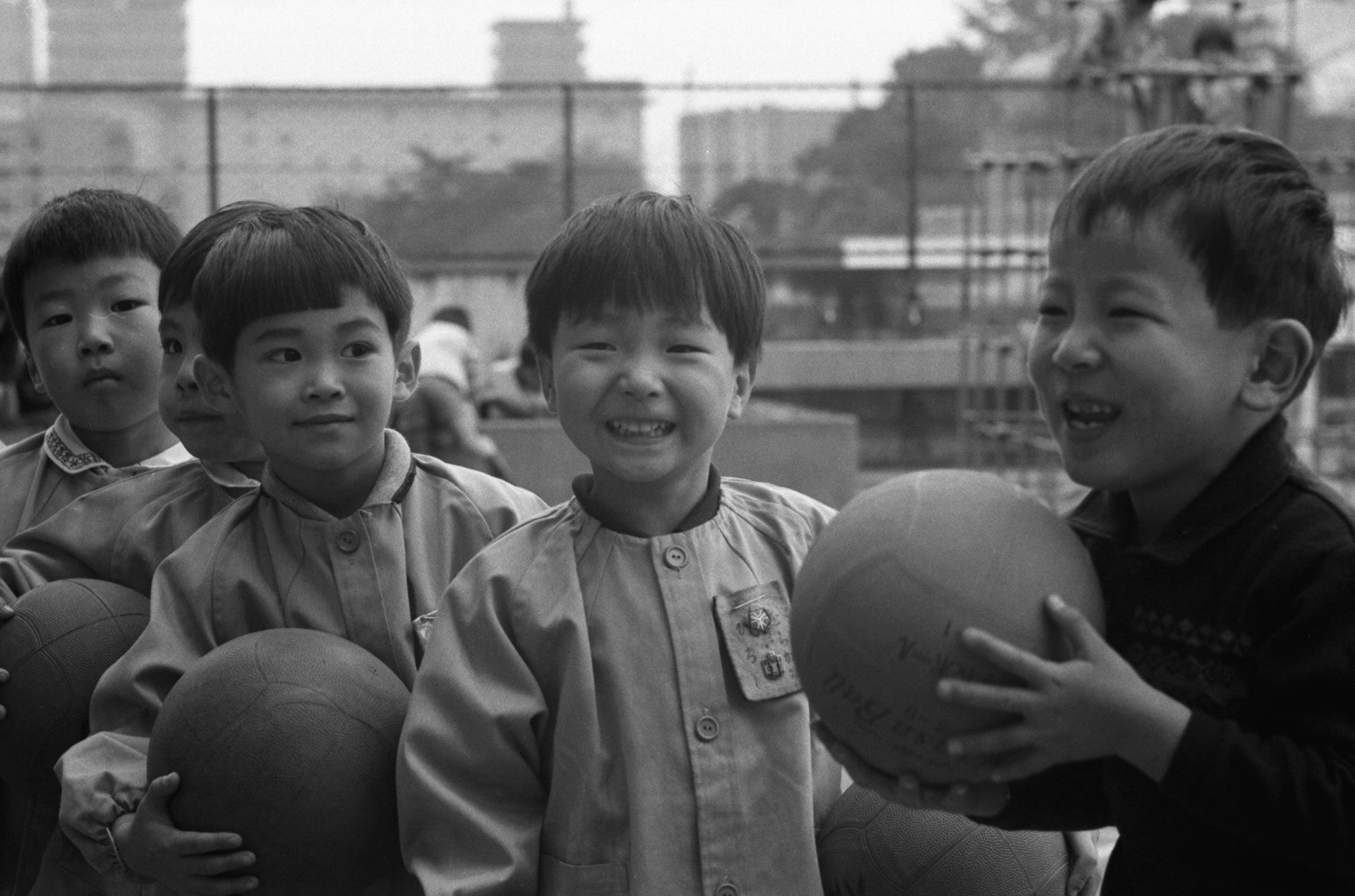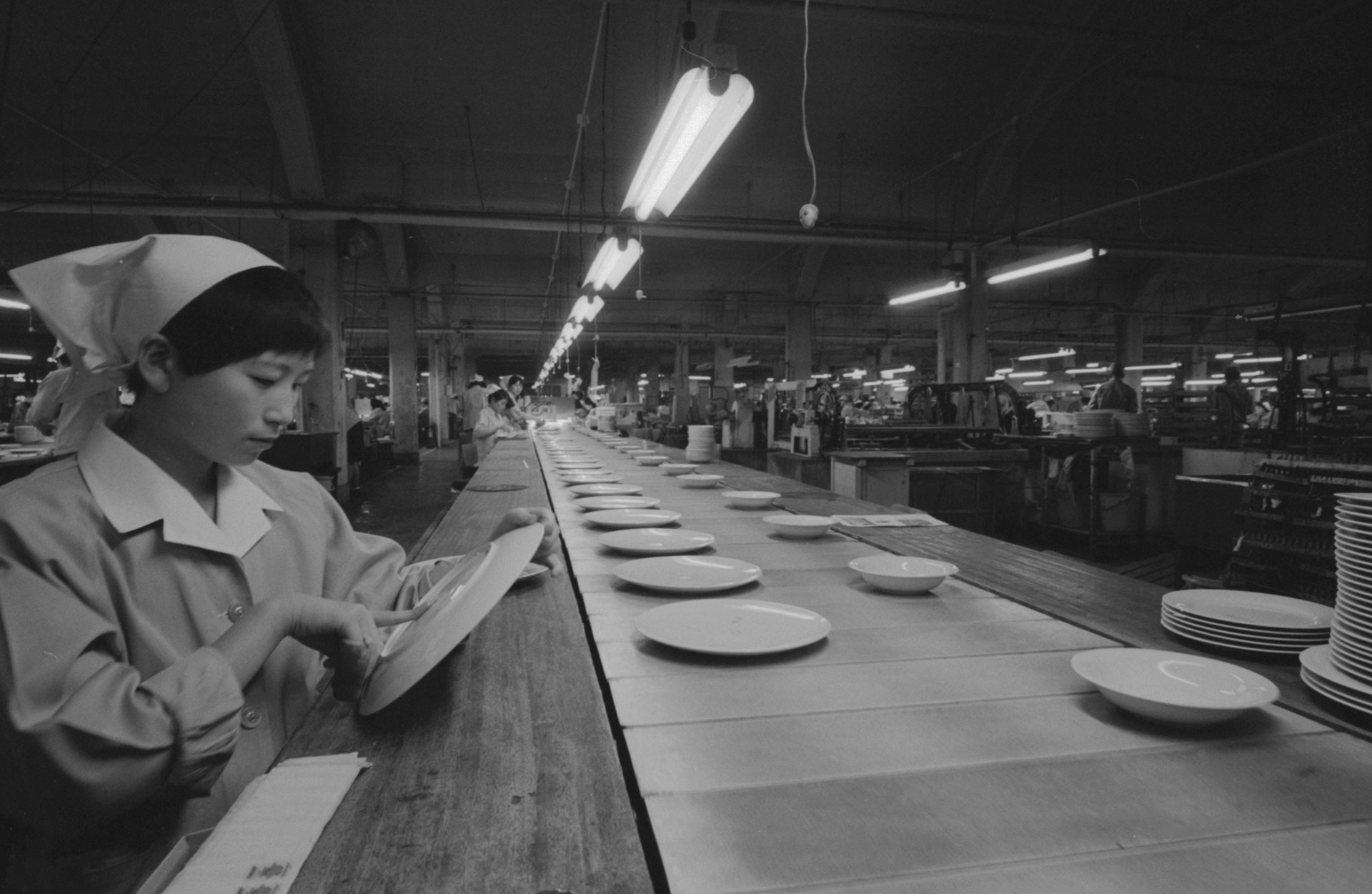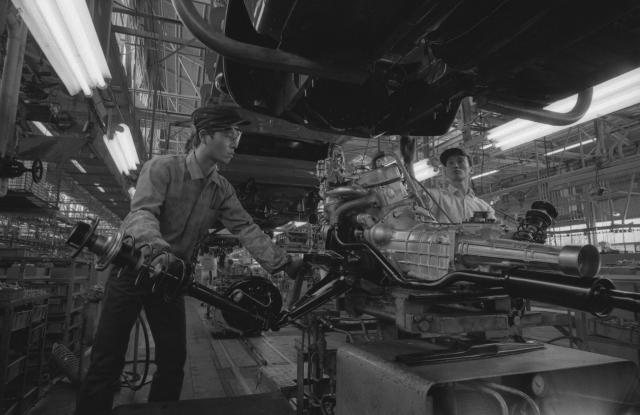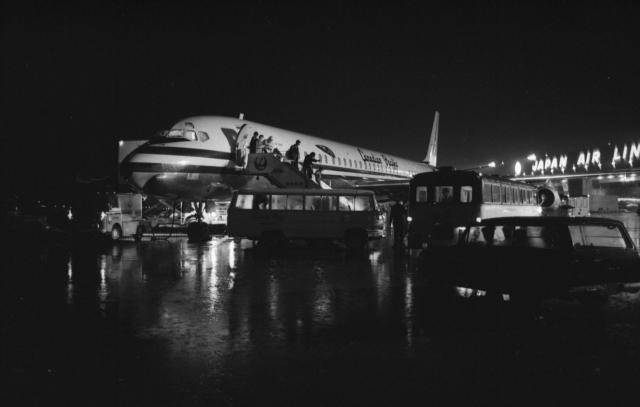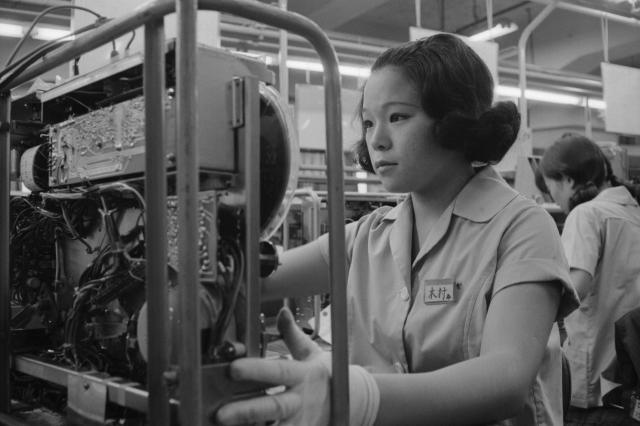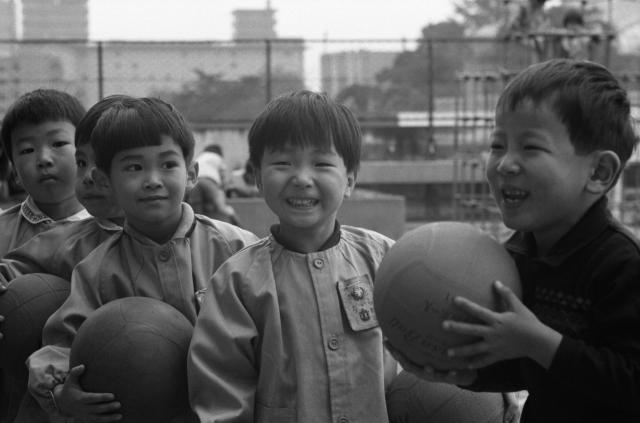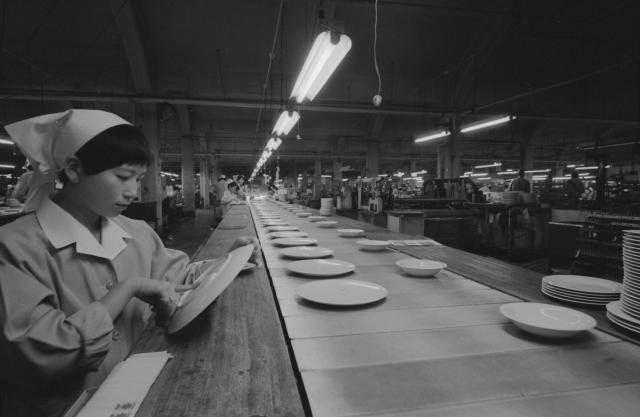
Photostory #486: Across the Wide Pacific: Big Canada-Japan Trade
Photographers
Maker
National Film Board of Canada
Release Date
January 18, 1969
Collection
CMCP fonds
Credit Line
Canadian Museum of Contemporary Photography fonds, National Gallery of Canada Library and Archive
Main Text
Firmly entrenched as Canada's third major trading partner - the total two-way trade figure is now around the $1,000,000,000 mark - Japan today is a vibrant, compact showplace of modern commercial enterprise and technology. With a population of 100 million people (five times that of Canada) sharing a land area of but 143,000 square miles (about one-third of Ontario) the Japanese nation has made up in gusto what it is lacking in size and natural resources. The result is a growing capability for producing durable products from delicately-miniaturized electronic components to ponderous, mighty-hulled, ocean-going ships of amazing capacity. Among the items Canada imports in quantity from Japan are canned fish and fruits, plywoods and fabrics, chemicals, steel and ceramics, motor vehicles, TVs, cameras, toys, tableware, pre-fabricated buildings and fishing nets. Going the other way, to Japan from Canada, the cargo lists include such big money earners as wheat, oilseeds, iron and copper, lumber and fertilizers, aluminum bars and ingots, newsprint and plastic and card punch tabulating computers. And this big two-way flow of goods between nations at opposite ends of the earth is steadily growing. Joined, despite the vast geographical distances, by the wide highway of the Pacific Ocean, one part of Canada - British Columbia - already has more trade with Japan than it has with the rest of the overseas world and at the same time other Canadian provinces, like Quebec, are increasing theirs in strong fashion. Today, the arteries of commerce across the largest ocean in the world are abustle as never before.
Subjects:

